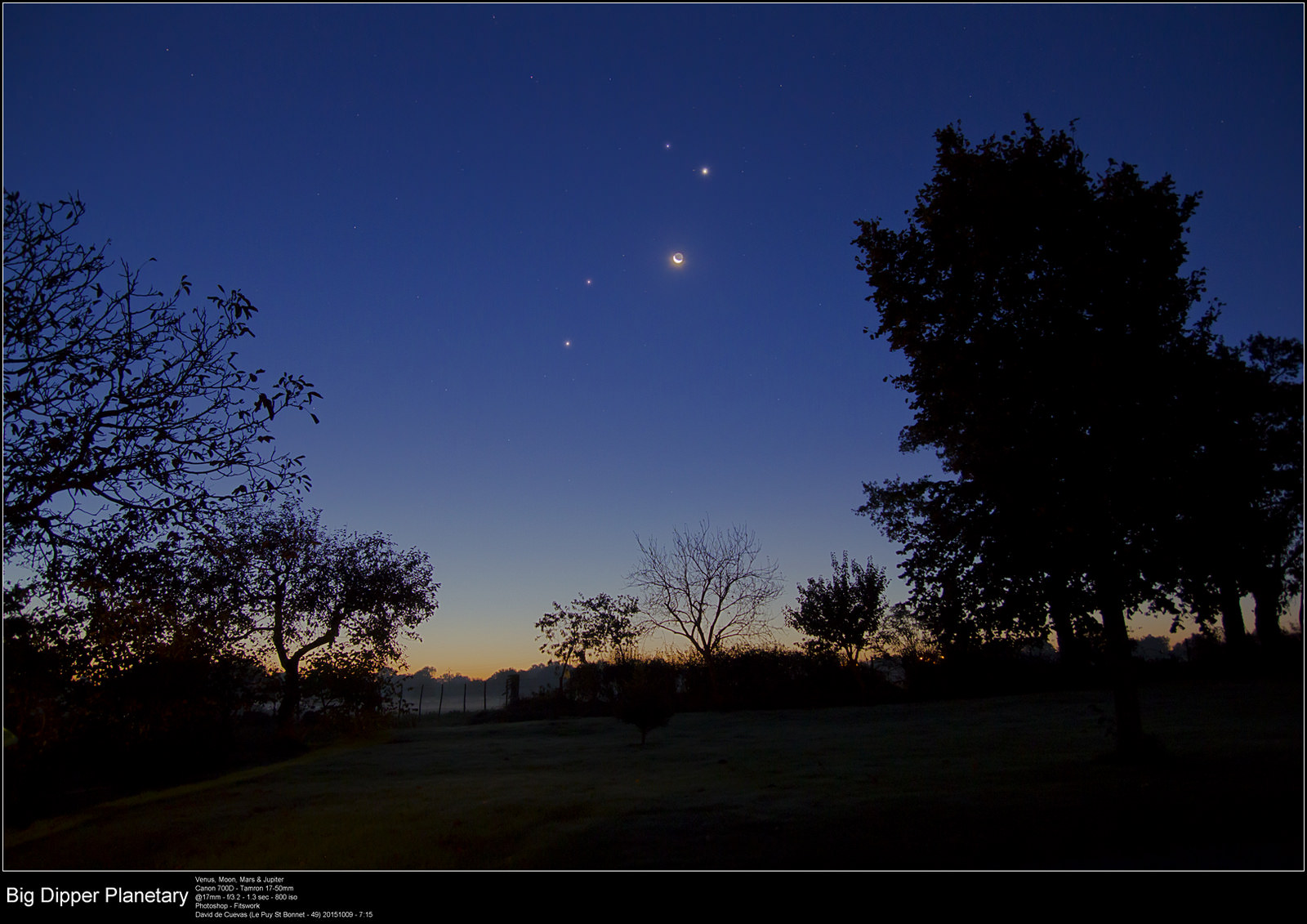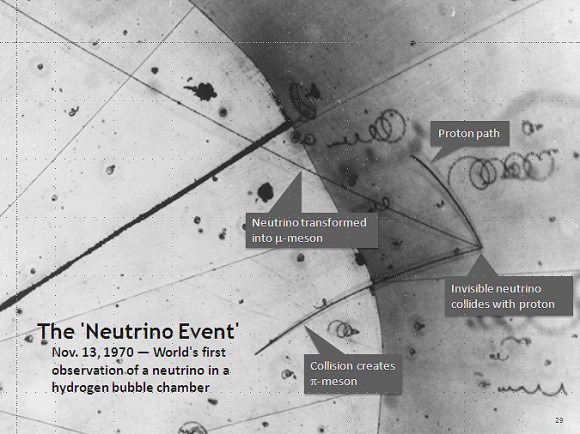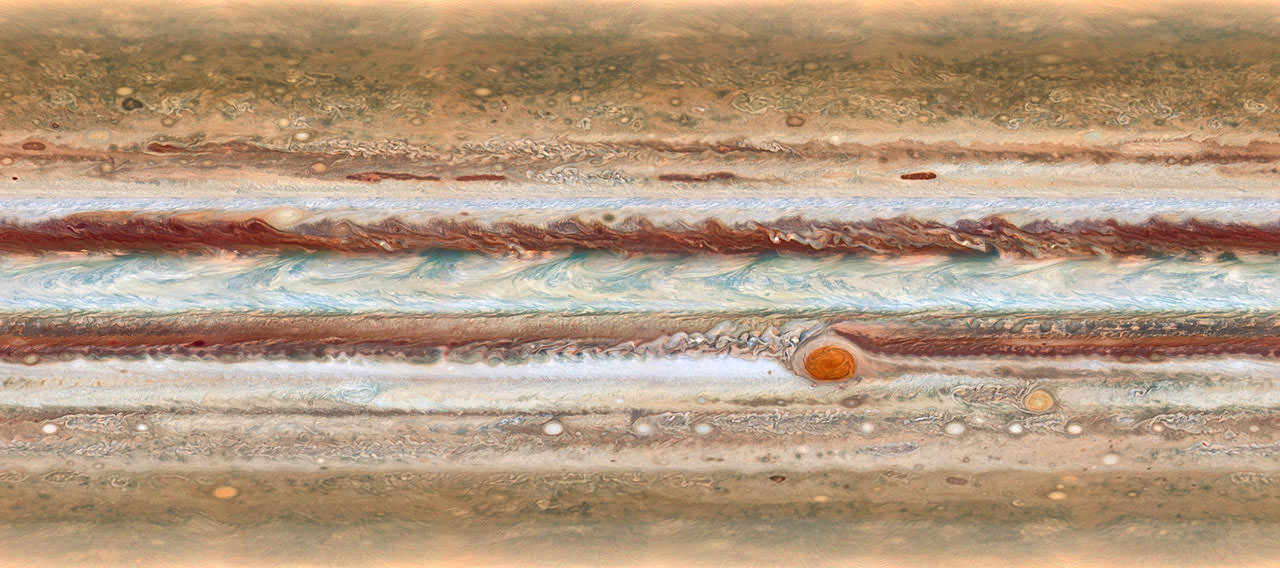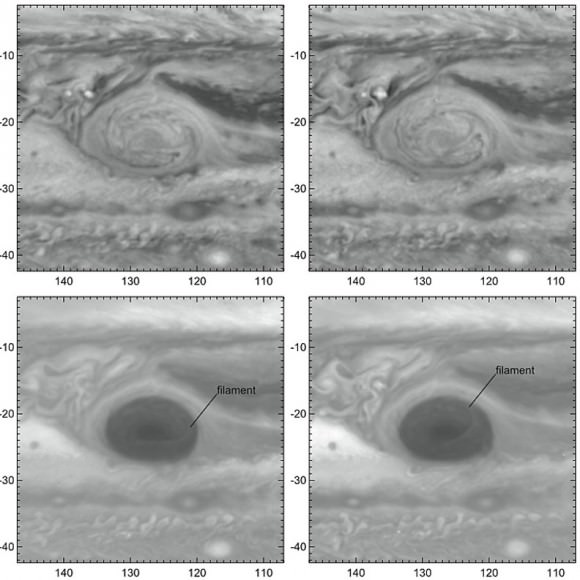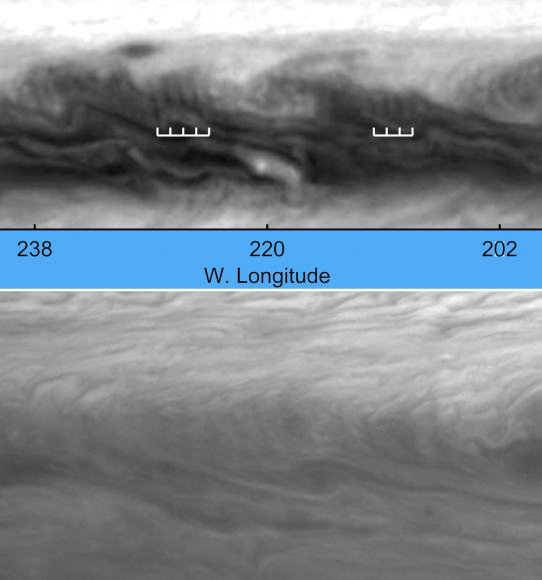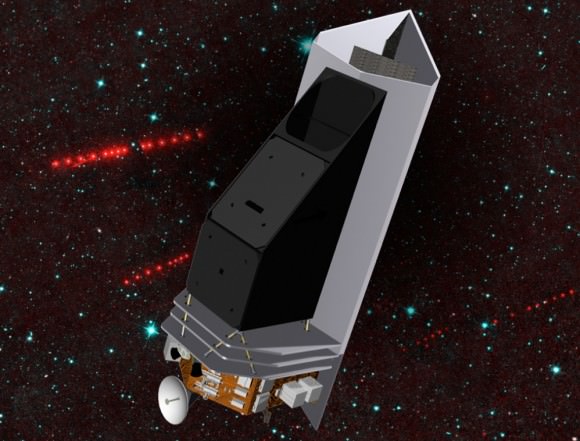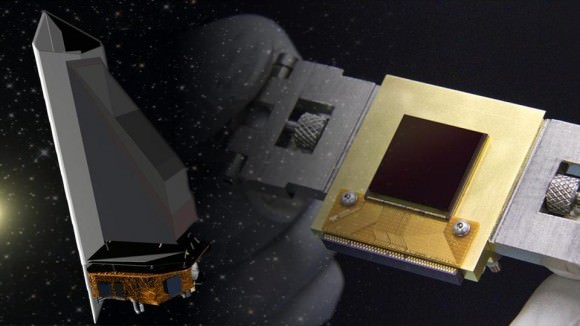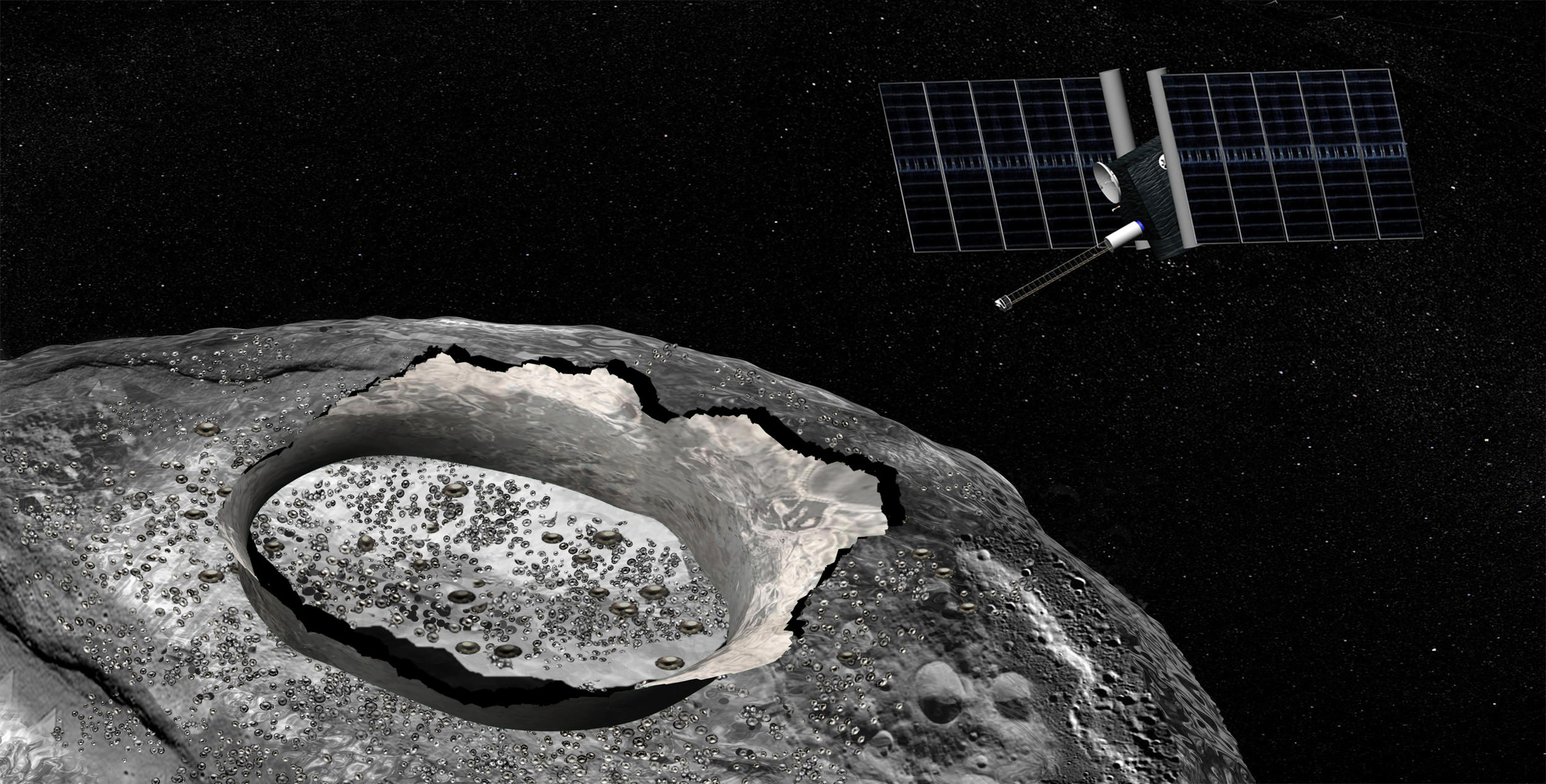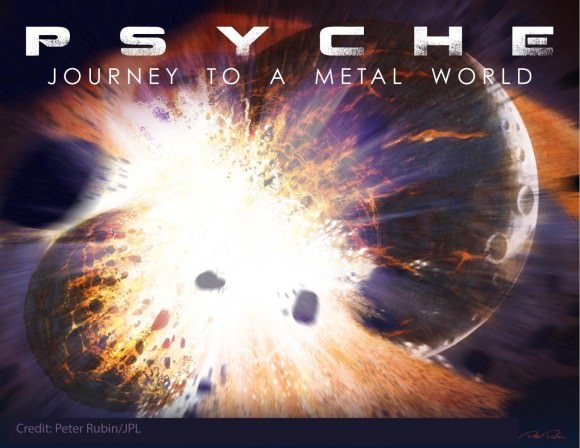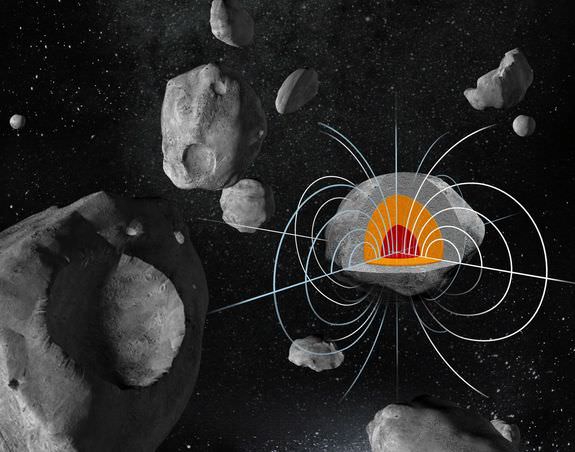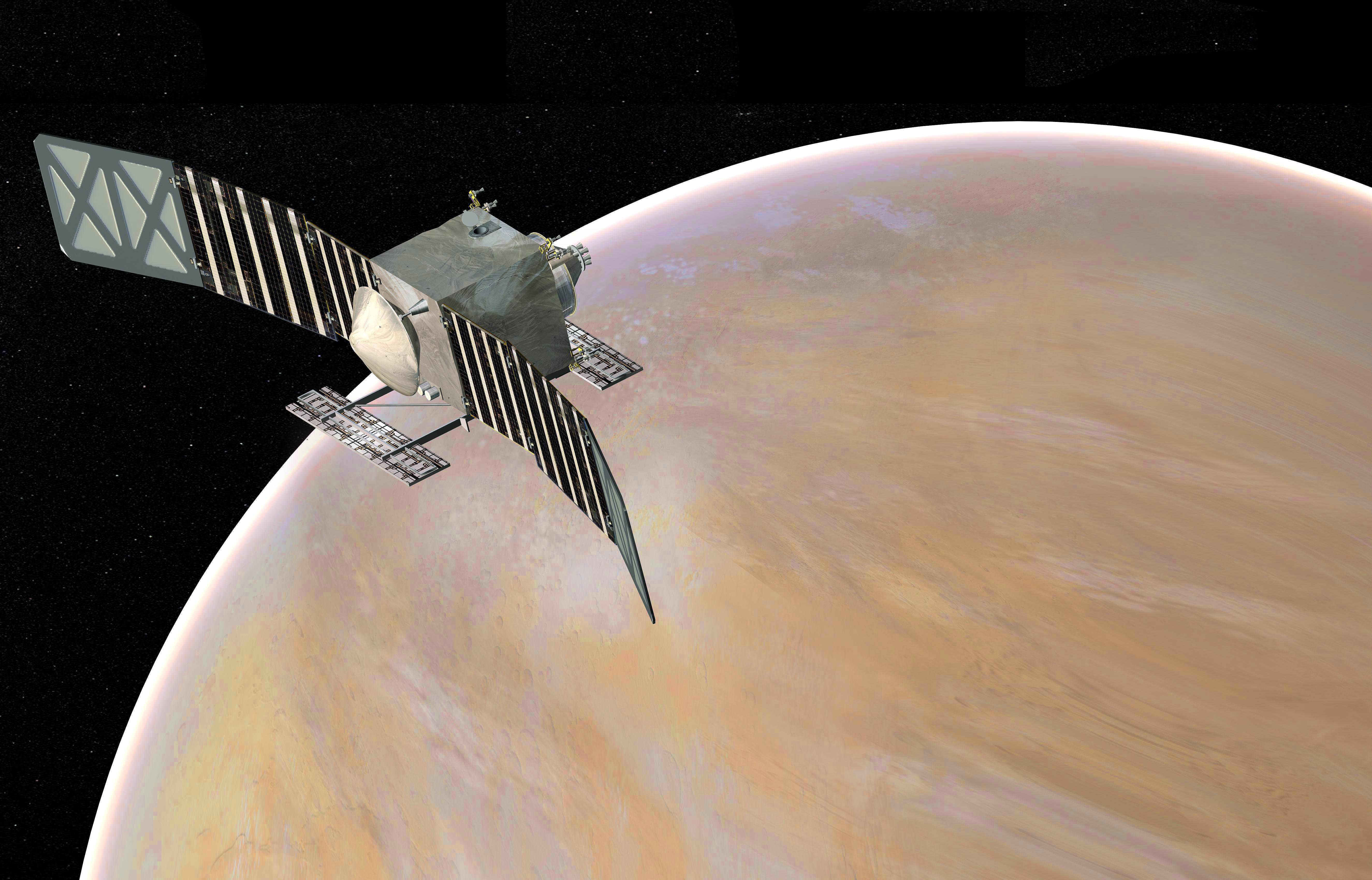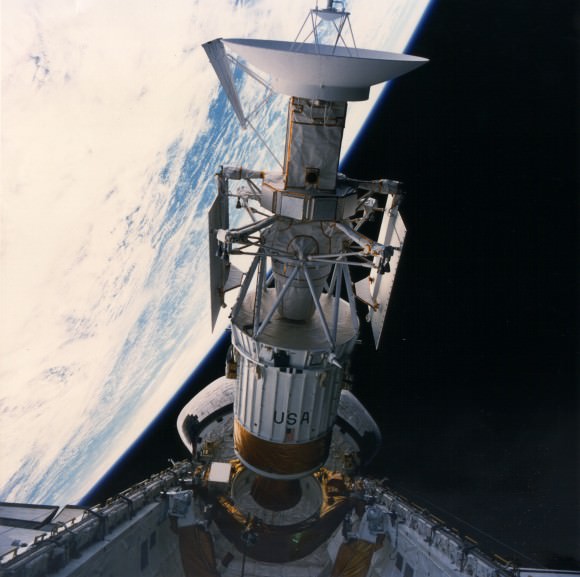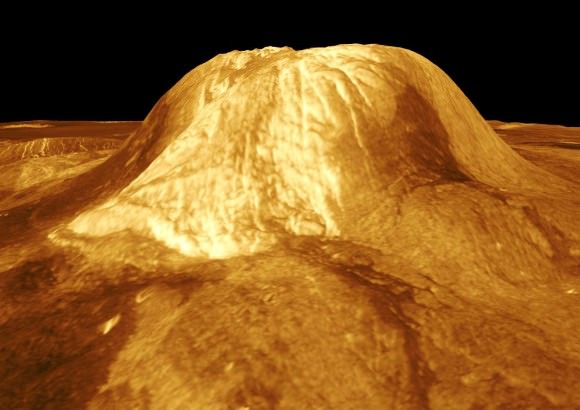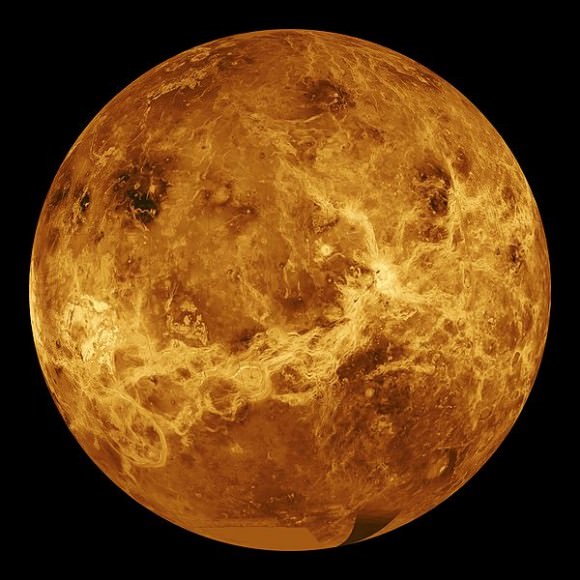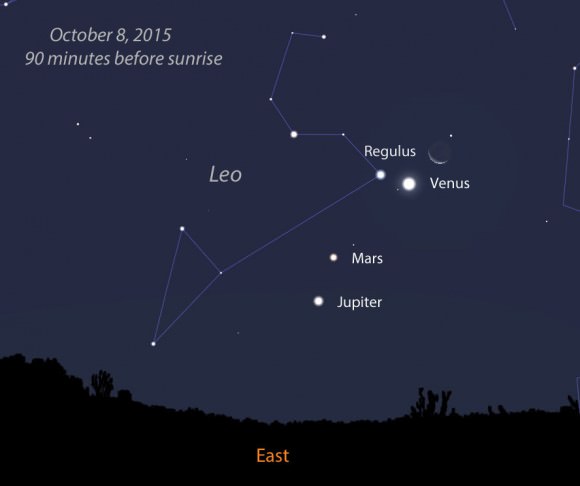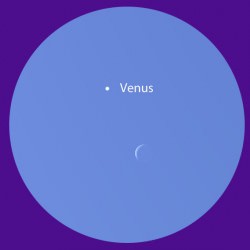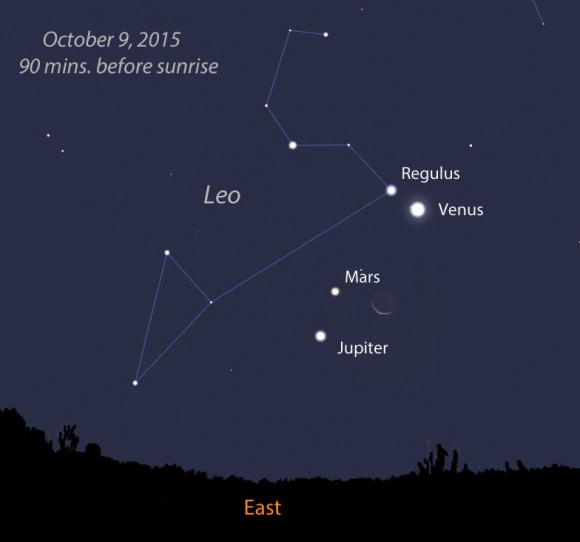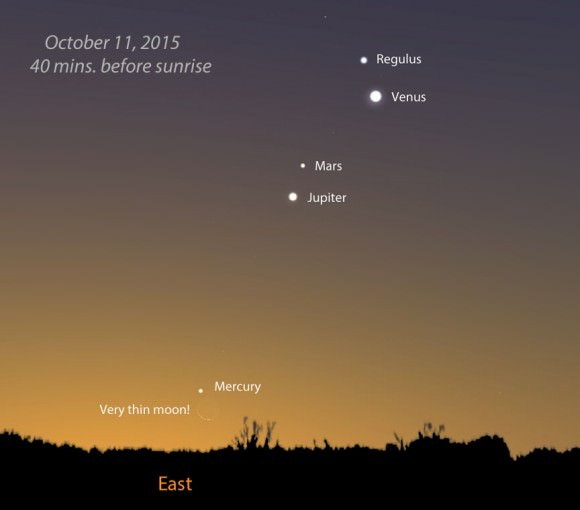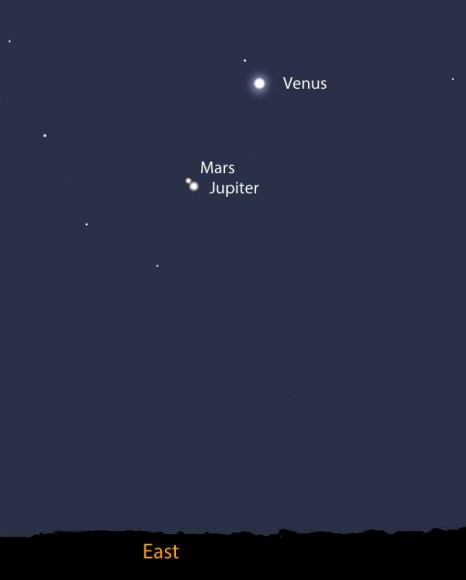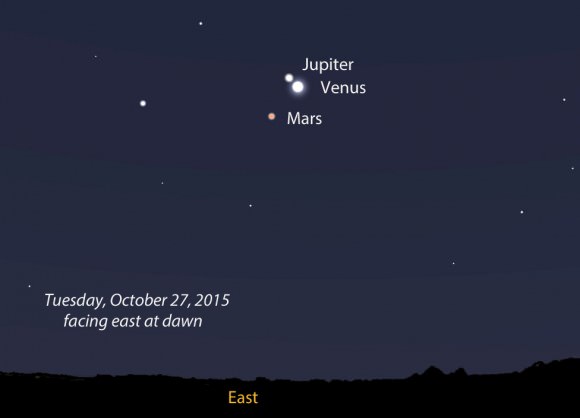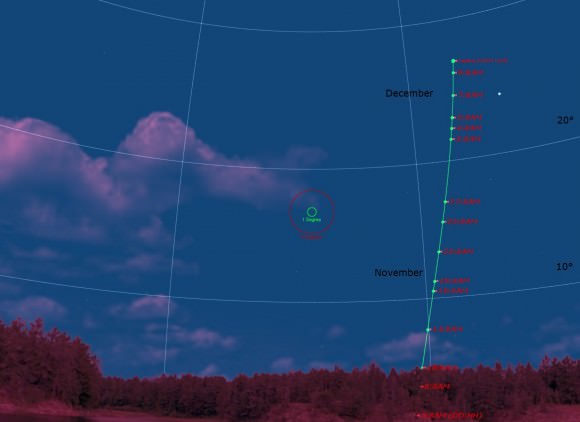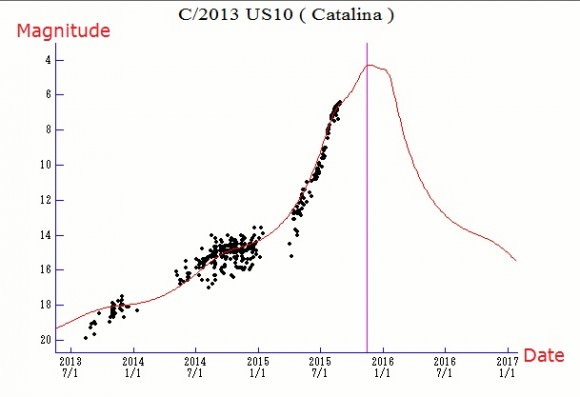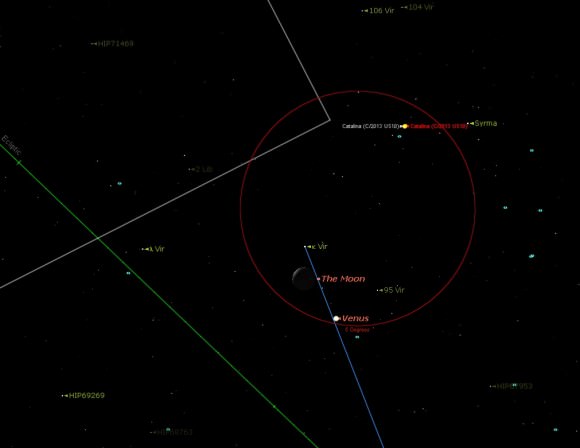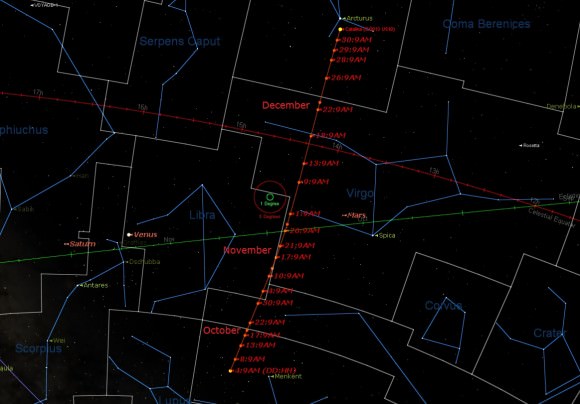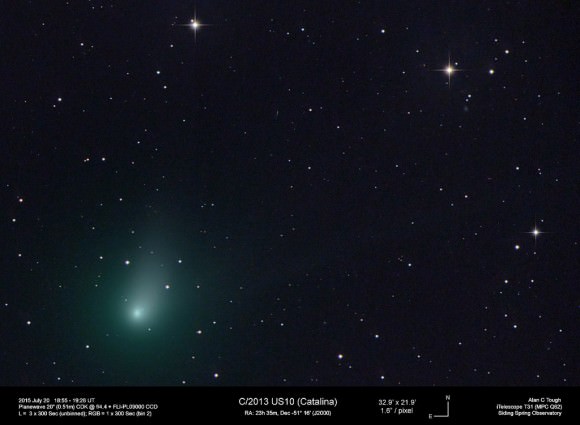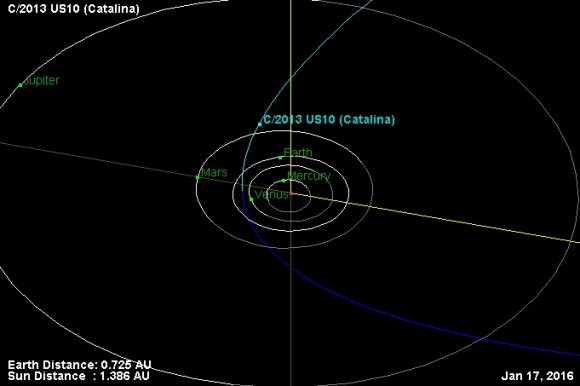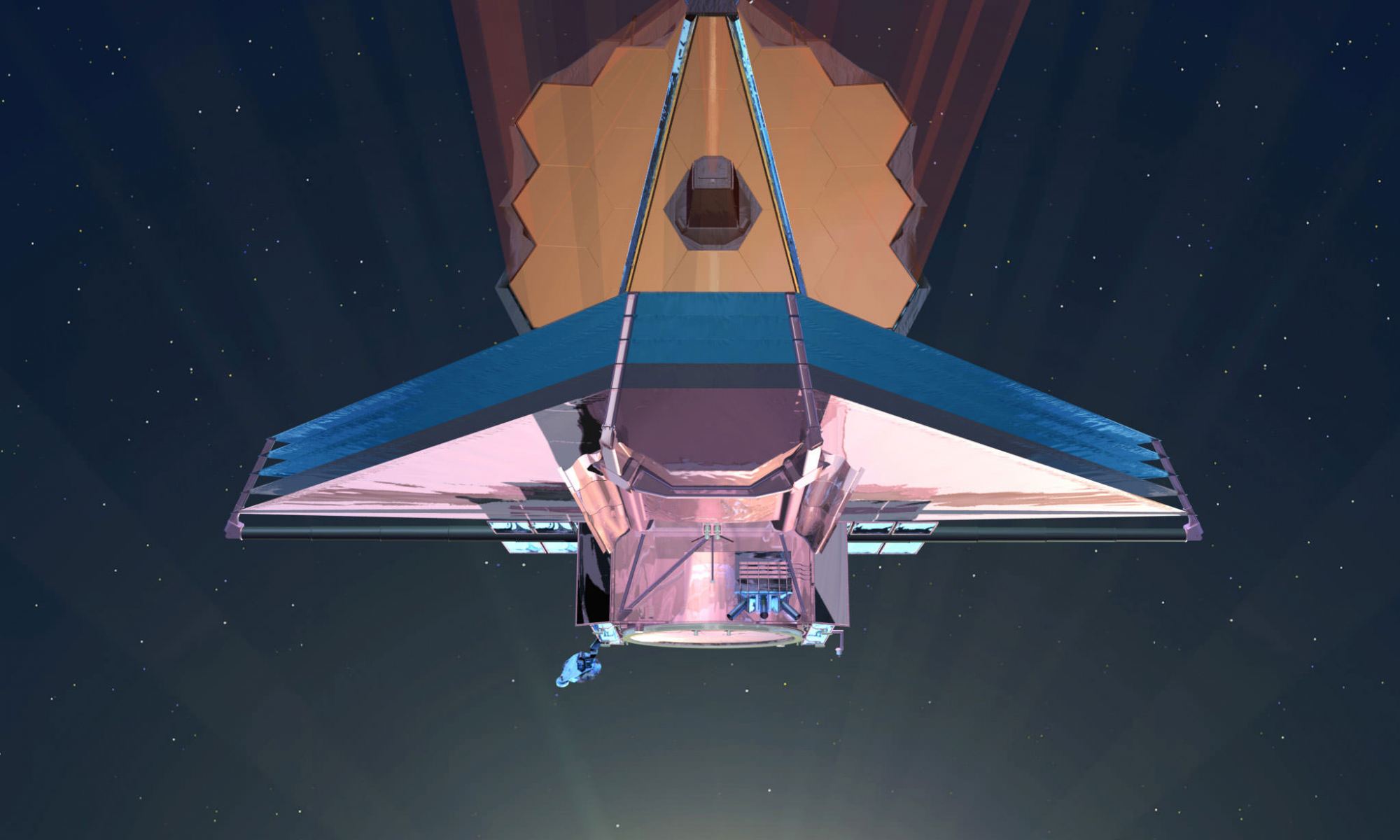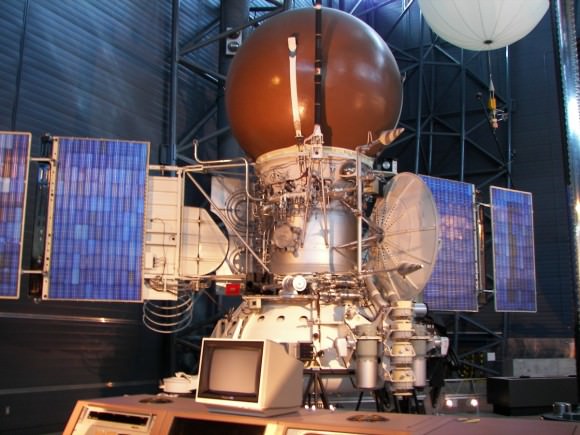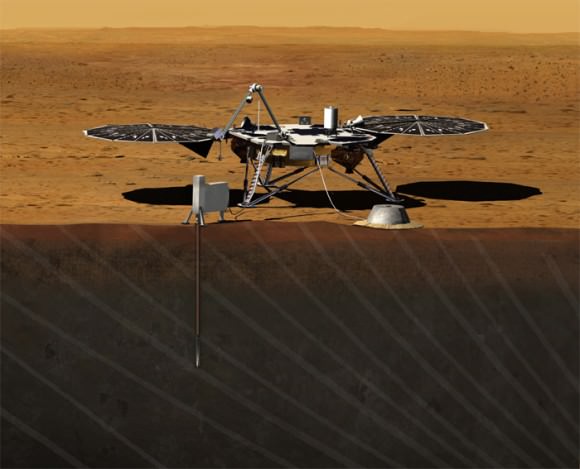Eclipse tetrads of doom. Mars, now bigger than the Full Moon each August. The killer asteroid of the month that isn’t. Amazing Moons of all stripes, Super, Blood, Black and Blue…
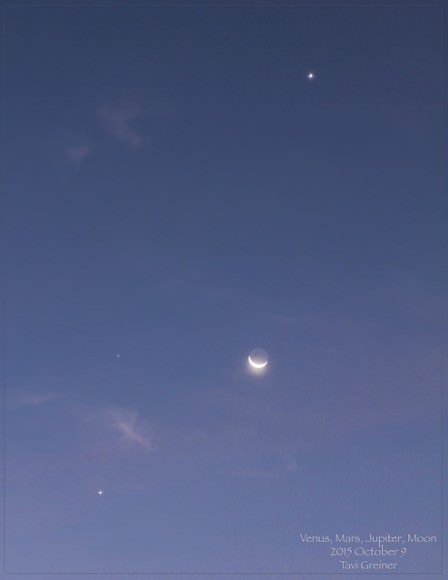
The internet never lets reality get in the way of a good meme, that’s for sure. Here’s another one we’ve caught in the wild this past summer, one that now appears to be looking for a tenuous referent to grab onto again next week.
You can’t miss Jupiter homing in on Venus this month, for a close 61.5’ pass on the morning on Oct 25th. -1.4 magnitude Jupiter shows a 33” disk on Sunday’s pass, versus -4 magnitude Venus’ 24” disk.
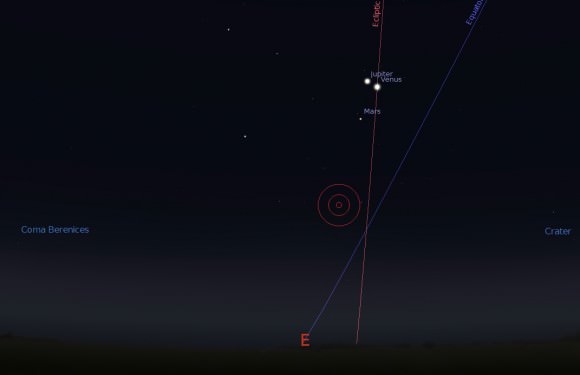
We also had a close pass on July 1st, which prompted calls of ‘the closest passage of Venus and Jupiter for the century/millennia/ever!’ (spoiler alert: it wasn’t) Many also extended this to ‘A Star of Bethlehem convergence’ which, again, set the web a-twittering.
Will the two brightest planets in the sky soon converge every October, in the minds of Internet hopefuls?
This idea seems to come around every close pass of Jupiter and Venus as of late, and may culminate next year, when an extra close 4’ pass occurs on August 27th, 2016. But the truth is, close passes of Venus and Jupiter are fairly common, occurring 1-2 times a year. Venus never strays more than 47 degrees from the Sun, and Jupiter moves roughly one astronomical constellation eastward every Earth year.
Much of the discussion in astrological circles stems from the grouping of Jupiter, Venus and the bright star Regulus this month. Yes, this bears a resemblance to a grouping of the same seen in dawn skies on August 12th, 2 BCE. This was part of a series of Jupiter-Venus conjunctions that also occurred on May 24th, 3 BCE and June 17th, 1 BCE. The 2 BCE event was located in the constellation Leo the Lion, and Regulus rules the sign of kings in the minds of many…
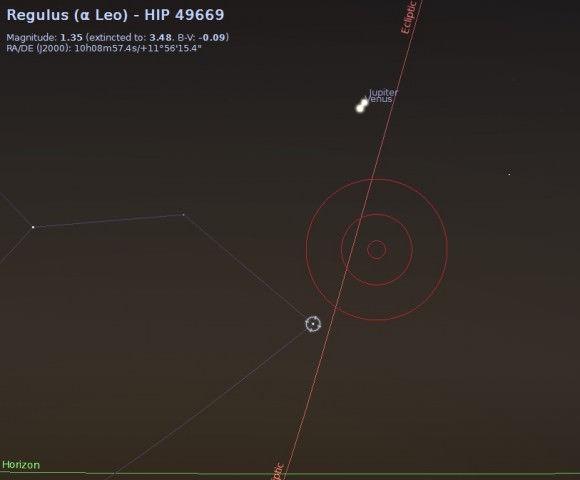
But even triple groupings are far from uncommon over long time scales. Pairings of Jupiter, Venus in any given zodiac constellation come back around every 11-12 years. Many great astronomical minds over the centuries have gone broke trying to link ‘The Star’ seen by the Magi to the latest astronomical object in vogue, from conjunctions, to comets, to supernovae and more. If there’s any astronomical basis to the allegorical tale, we’ll probably never truly know.
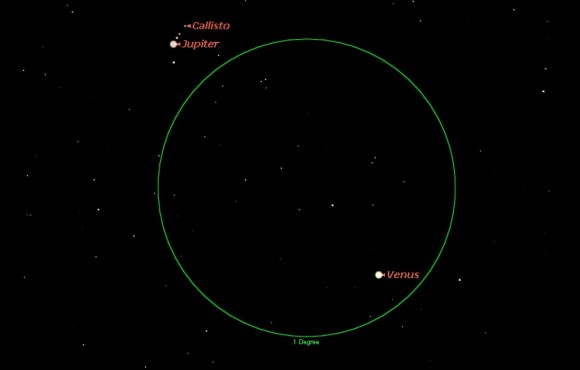
The dance of the planets also gives us a brief opening teaser on Saturday morning, as Mars passes just 0.38 degrees NNE of Jupiter on Oct 17th looking like a fifth pseudo-moon.
Finally, the crescent Moon joins the scene once again on November 7th, passing 1.9 degrees SSW of Jupiter and 1.2 SSW of Venus, a great time to attempt to spy both in the daytime using the crescent Moon as a guide. And keep an eye on Venus, as the next passage of the crescent Moon on December 7th features a close grouping with binocular Comet C/2013 US10 Catalina as well.
How close can the two planets get?
Stick around ‘til November 22nd 2065, and you can watch Venus actually transit the face of Jupiter:
Though rare, such an occlusion involving the two brightest planets happens every other century or so… we ran a brief simulation, and uncovered 11 such events over the next three millennia:
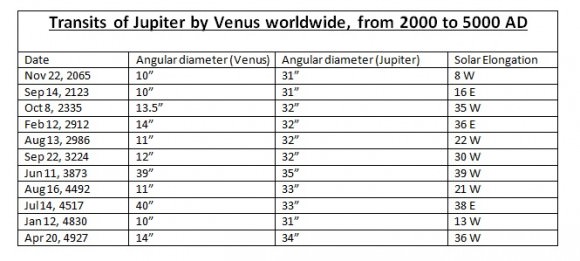
Bruce McCurdy of the Royal Canadian Astronomical Society posed a further challenge: how often does Venus fully occult Jupiter? We ran a simulation covering 9000 BC to 9000 AD, and found no such occurrence, though the July 14th, 4517 AD meeting of Jupiter and Venus is close.
Let’s see, I’ll be on my 3rd cyborg body, in the post- Robot Apocalypse by then…
This sort of total occlusion of Jupiter by Venus turns out to be rarer than any biblical conjunction. Why?
Well, for one thing, Venus is generally smaller in apparent size than Jupiter. When Jupiter is near Venus, it’s also near the Sun and in the 30-35” size range. Venus only breaks 30” in size for about 20% of its 584 synodic period. But we suspect a larger cycle may be in play, keeping the occurrence of a large Venus meeting and covering a shrunken Jove in our current epoch.
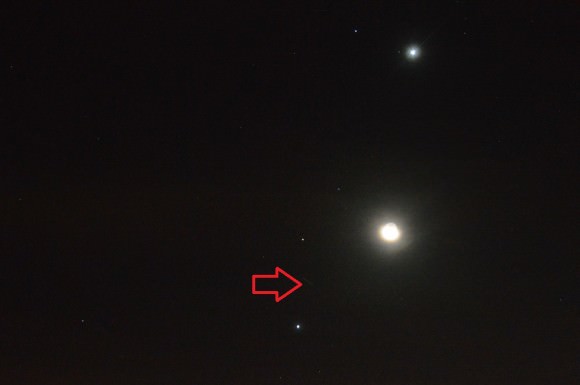
Astronomy makes us ponder the weirdness of our skies gracing our backyard over stupendously long time scales. Whatever your take on the tale and the modern hype, be sure to get out and enjoy the real show on Sunday morning October 25th, as the brightest of planets make for a brilliant pairing.

